Grumiaux Trio, Beaux Arts Trio - Schubert: Complete Trios (1993)
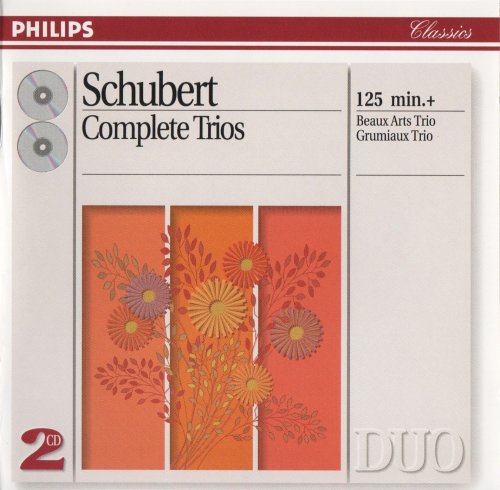
Artist: Grumiaux Trio, Beaux Arts Trio
Title: Schubert: Complete Trios
Year Of Release: 1993
Label: Philips
Genre: Classical
Quality: FLAC (image+.cue,log,scans)
Total Time: 02:07:16
Total Size: 625 Mb
WebSite: Album Preview
Tracklist: Title: Schubert: Complete Trios
Year Of Release: 1993
Label: Philips
Genre: Classical
Quality: FLAC (image+.cue,log,scans)
Total Time: 02:07:16
Total Size: 625 Mb
WebSite: Album Preview
Franz Schubert (1797-1828) - Complete Trios:
CD 1:
01. Grumiaux Trio / String Trio in B flat, D.581: I. Allegro moderato [0:05:35.00]
02. Grumiaux Trio / String Trio in B flat, D.581: II. Andante [0:05:03.00]
03. Grumiaux Trio / String Trio in B flat, D.581: III. Menuetto (Allegretto) [0:04:00.00]
04. Grumiaux Trio / String Trio in B flat, D.581: IV. Rondeo (Allegretto) [0:05:53.00]
05. Grumiaux Trio / String Trio in B flat, D.471: Allegro [0:08:21.00]
06. Beaux Arts Trio / Piano Trio in B flat, D.898: I. Allegro moderato [0:10:43.00]
07. Beaux Arts Trio / Piano Trio in B flat, D.898: II. Andante un poco mosso [0:10:06.00]
08. Beaux Arts Trio / Piano Trio in B flat, D.898: III. Scherzo (Allegro) [0:06:09.00]
09. Beaux Arts Trio / Piano Trio in B flat, D.898: IV. Rondo (Allegro vivace) [0:08:42.00]
CD 2:
01. Beaux Arts Trio / Piano Trio in E flat, D. 929: I. Allegro [0:12:43.00]
02. Beaux Arts Trio / Piano Trio in E flat, D. 929: II. Andante con moto [0:08:57.00]
03. Beaux Arts Trio / Piano Trio in E flat, D. 929: III. Scherzo (Allegro moderato) [0:06:56.00]
04. Beaux Arts Trio / Piano Trio in E flat, D. 929: IV. Allegro moderato [0:12:45.00]
05. Beaux Arts Trio / Piano Trio in one movement in B flat, D. 28 "Sonata" - Allegro [0:08:30.00]
06. Beaux Arts Trio / Adagio in E flat, D. 897 "Notturno" [0:13:01.00]
Straight off, the five stars are for the two major works of this double CD. They stand on a higher plane than four secondary pieces also included in the set. The B flat and E flat piano trios are among Schubert's best chamber music compositions; they don't (can't) reach the peaks of his C major string quintet, but then nothing else in chamber music does except Beethoven's late quartets. Robert Schumann praised both works. Of the B flat trio he wrote that it made "the troubles of our human existence disappear and all the world is fresh and bright again." And in reviewing Mendelssohn's D minor piano trio he said it was "the master trio of the age, as were the B flat and D major trios of Beethoven and the E flat trio of Schubert in their times."
Here then is one trio that brightens our lives and another that was the master trio of its time!
From the first movement's confident opening theme to the finale's outpouring of cheer, the B flat trio offers beguiling rhythms -- just listen to the piano's pearly right hand notes -- and beautifully worked out melodies. In the second movement the cello introduces the lyrical first theme; when the violin joins in, the melody becomes an exquisite duet sung by the strings, accompanied softly by the piano. Such music doesn't play itself. It takes understanding and perfect ensemble to bring it off, and Beaux Arts Trio typically rises to the occasion. The third movement is a sprightly scherzo; its middle section, an airy waltz that reminds us of Schubert's Viennese bonds. To cap it all, the finale presents one joyful expression of three wonderful players making music.
Beaux Arts Trio's accomplished performance continues in the E flat trio -- an intricate work that's rhythmically vital and rich in melodic material. It's difficult to approximate in words what it's like. It bears listening to many times, never wearing thin. The first movement combines drama with lyricism. The principal theme of the second movement, one of subtle beauty, is introduced by the sonorous voice of the cello; it provides passages of pure magic, with the piano accompaniment adding to the magic. There follows a fascinating canonic scherzo movement, before a finale that is almost entirely rhythmic from beginning to end; almost, because twice the sonorous cello comes in intoning the beautiful principal theme of the second movement, a wonderful touch by Schubert that adds unity to the trio. Those who think the last movement is too long may be referring to the original unabridged version. But Schubert himself authorized cutting out two passages, and the result I find not one bit too long. Indications are that Schubert valued this trio highly. In 1828, a few months before he died, he arranged a concert in which the E flat trio featured as the main work of the program. By any standard, this is truly master music.
Here then is one trio that brightens our lives and another that was the master trio of its time!
From the first movement's confident opening theme to the finale's outpouring of cheer, the B flat trio offers beguiling rhythms -- just listen to the piano's pearly right hand notes -- and beautifully worked out melodies. In the second movement the cello introduces the lyrical first theme; when the violin joins in, the melody becomes an exquisite duet sung by the strings, accompanied softly by the piano. Such music doesn't play itself. It takes understanding and perfect ensemble to bring it off, and Beaux Arts Trio typically rises to the occasion. The third movement is a sprightly scherzo; its middle section, an airy waltz that reminds us of Schubert's Viennese bonds. To cap it all, the finale presents one joyful expression of three wonderful players making music.
Beaux Arts Trio's accomplished performance continues in the E flat trio -- an intricate work that's rhythmically vital and rich in melodic material. It's difficult to approximate in words what it's like. It bears listening to many times, never wearing thin. The first movement combines drama with lyricism. The principal theme of the second movement, one of subtle beauty, is introduced by the sonorous voice of the cello; it provides passages of pure magic, with the piano accompaniment adding to the magic. There follows a fascinating canonic scherzo movement, before a finale that is almost entirely rhythmic from beginning to end; almost, because twice the sonorous cello comes in intoning the beautiful principal theme of the second movement, a wonderful touch by Schubert that adds unity to the trio. Those who think the last movement is too long may be referring to the original unabridged version. But Schubert himself authorized cutting out two passages, and the result I find not one bit too long. Indications are that Schubert valued this trio highly. In 1828, a few months before he died, he arranged a concert in which the E flat trio featured as the main work of the program. By any standard, this is truly master music.
DOWNLOAD FROM ISRA.CLOUD
Grumiaux Trio Beaux Arts Trio Schubert Complete Trios 93 1102.rar - 625.5 MB
Grumiaux Trio Beaux Arts Trio Schubert Complete Trios 93 1102.rar - 625.5 MB

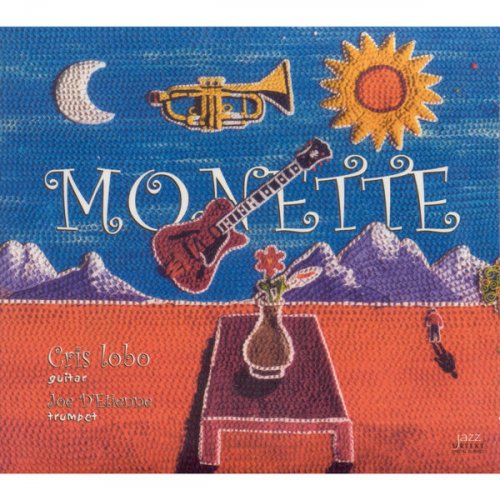
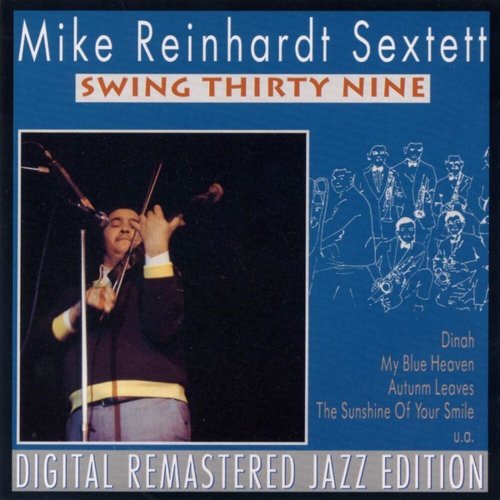

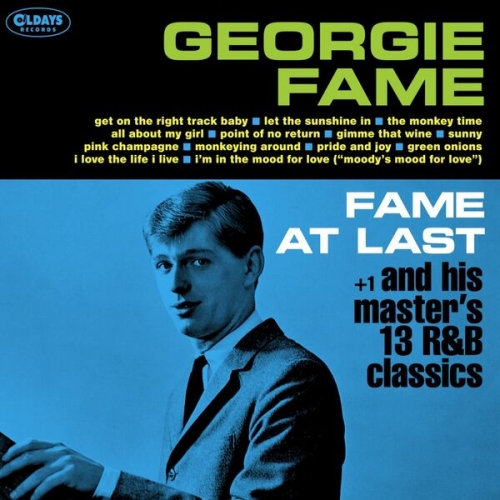
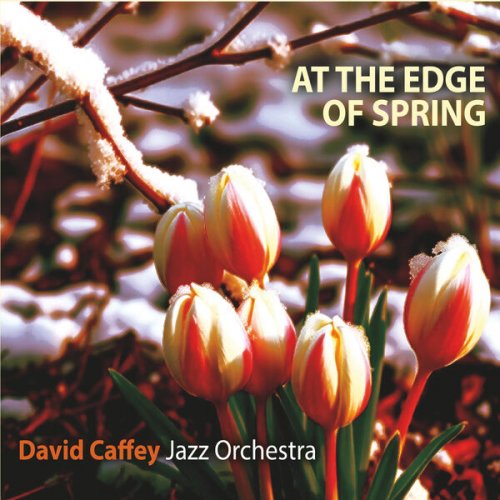
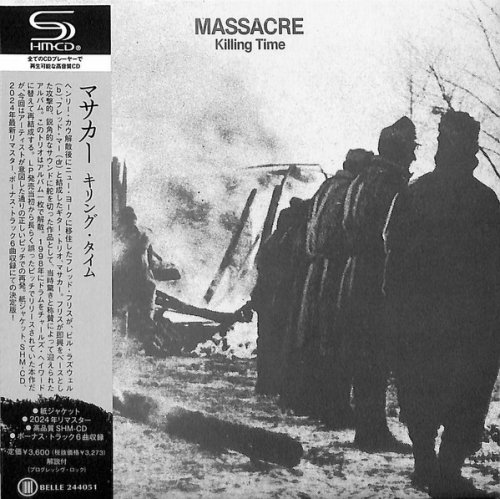

![Johnny Janis - Playboy Presents... Once In a Blue Moon (2015) [Hi-Res] Johnny Janis - Playboy Presents... Once In a Blue Moon (2015) [Hi-Res]](https://img.israbox.com/img/2025-12/29/hpechfkz7kpvyn01p0qdae2u4.jpg)